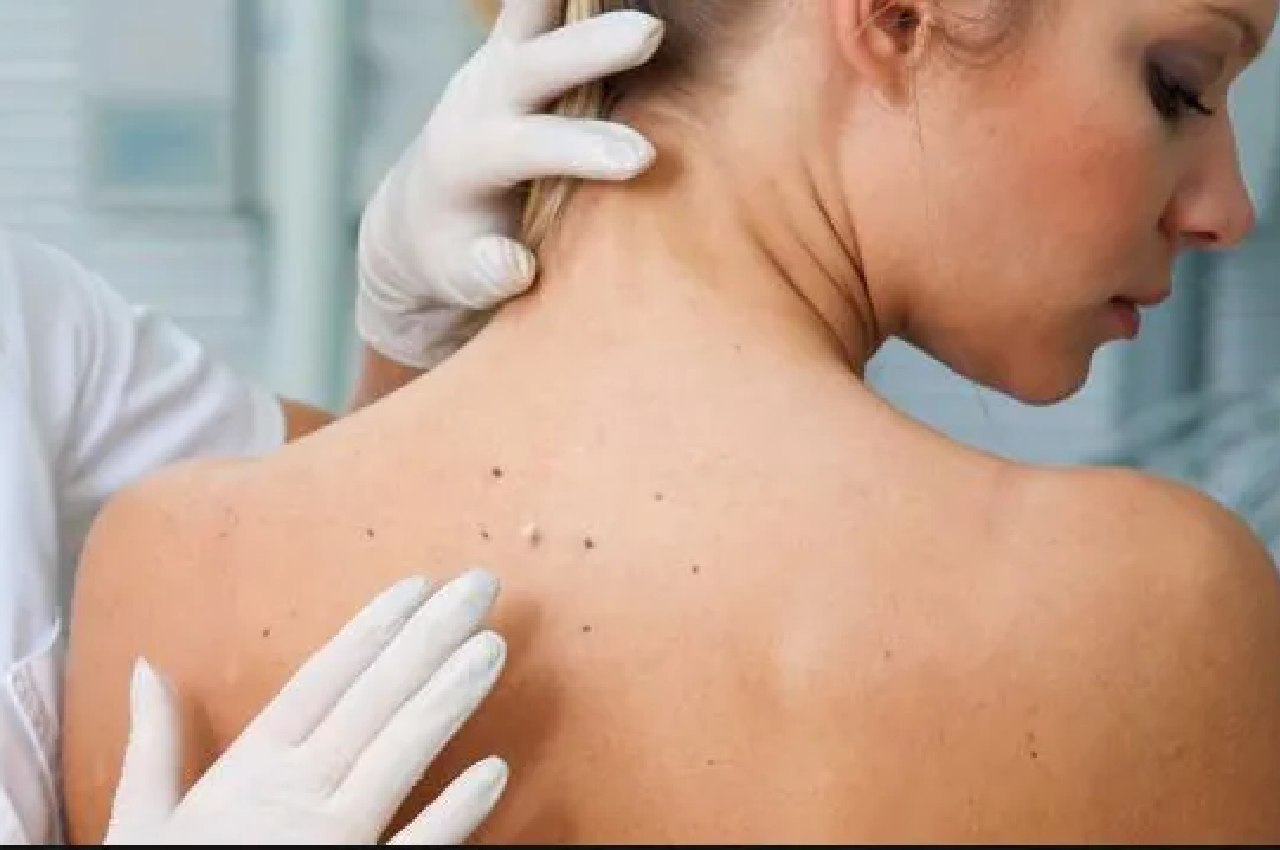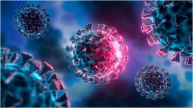New Delhi: Skin cancer is one of the most fatal diseases in the world. Skin melanoma is becoming more common in northern and southern parts of Europe, North America, and Australia. There are two main types of skin cancer, non-melanoma skin cancer and malignant melanoma. The rates of both types of cancer are increasing. The World Health Organization (WHO) Global Cancer Observatory has predicted a global increase in skin cancer between 2020–2040. Here are the causes, symptoms and treatment of skin cancer.
Cancer rates will increase in coming years
Although it is difficult to say with certainty why the rate of skin cancer is increasing. But researchers believe that rising global temperatures are at least partly to be blamed. In October 2021, an editorial in the Lancet Science magazine stated that ultraviolet radiation due to climate change is believed to be associated with increased incidence of skin cancer and melanoma. This effectively means that skin cancer is increasing due to climate change and its worse impact will be seen in the coming years.
These people are at risk of cancer
People with pale skin, blue eyes, and red or blonde hair are at a higher risk of skin cancer. People with brown skin can tolerate the sun’s ultraviolet rays, so they are at a lower risk of skin cancer. This is why skin cancer is almost non-existent in Africa and Asia. But there are figures from the Global Cancer Observatory that suggest African countries could see a 96% increase in new cases by 2040 as compared to 2022. The same period can see an increase of 59% cases in Asia and 67% cases in Latin America and the Caribbean.
Factors responsible for skin cancer
Skin cancer is more common in elderly people. But young people are also at risk. Sometimes skin damage happens at a young age. Family history is also responsible for it. Apart from this, the skin does not tolerate much sunlight. Many moles or wrinkles on the skin have a history of severe sunburn. This can also be responsible for skin cancer.
Ultraviolet rays from the sun are the biggest risk factor for skin cancer. Which means that if you live near the equator or actually south of the equator, you face a higher risk of skin cancer.
Here’s how cancer develops
In skin cancer, malignant cancer cells are formed in the skin tissue. That is, when skin cells start growing abnormally, then it is called skin cancer. Skin cancer is caused by exposure to the sun’s rays. It is seen more on the face, neck or hand.
There are 8 major subgroups of skin cancer
Superficial spreading melanoma is the most common type. It affects men and women in the age group of 30 to 50 years. It is found in the middle part of the body of men and in the legs of women.
Nodular melanoma is the second most common type of melanoma that can be found on any part of the body. Third, lentigo maligna melanoma is found on the face and other parts of the body. Apart from this, there is amelanotic melanoma, acral lentiginous melanoma, mucosal melanoma, ocular melanoma and desmoplastic melanoma.
Symptoms of skin cancer
First of all we should understand that not all abnormal growths on the skin can be linked to skin cancer. Also not all skin cancer looks the same. Here are some of its initial symptoms:
-Sudden increase in the size or number of moles on the skin.
-Brown and red colored wounds which are not healing for a long time.
-Peeling off of the skin.
-Frequent burning sensation around the eyes.
-Flat, scaly, red patches on the back and chest that get bigger over time.
Skin cancer treatment
The color of the skin is examined with the help of skin biopsy. There are four types of skin biopsy:
-Shave biopsy
-Punch biopsy
-Incisional biopsy
-Excisional biopsy
Following this, treatment is done through surgery, radiation therapy, chemotherapy, photodynamic therapy, target therapy, immunotherapy. The doctor first sees the patient and after knowing about his cancer, treats him in accordance to the diagnosis.
Skin cancer prevention
Go out using sunscreen to protect the skin from cancer. Go out wearing full clothes so that the skin can avoid direct exposure to ultraviolet rays. If you feel anything unusual with the skin, go to the doctor immediately.










